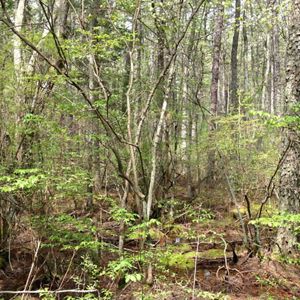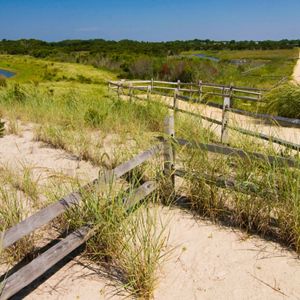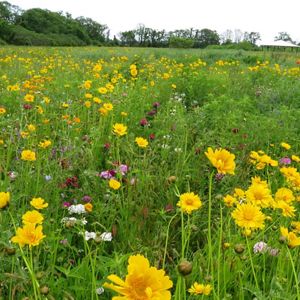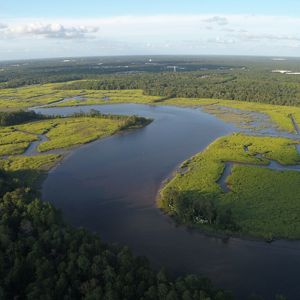Background
Significance of Indian Trail Swamp
The forested wetlands of Indian Trail represent one of the largest unbroken forests remaining on the lower half of the Cape May Peninsula. In addition to the rare plants and natural communities, the site plays an extremely important role in providing habitat for migratory and resident birds. The forest is a critical stopover for migrating songbirds as they pass through the Cape May area during their spring and fall migration.
There are four main species of shorebirds that use the Delaware Bay as a stopover area during their northward migration: red knot, semipalmated sandpiper, ruddy turnstone, and sanderlings. For some of these species, significant proportions of the hemispheric populations concentrate along the bay in May and June.
The migratory flight of the red knot is an example of the extreme distances shorebirds travel and the dependence they have on stopover areas such as Delaware Bay. Red knots arrive along the Delaware Bay in late May severely underweight after flying 7,000 miles from South America. They double their weight during their 2-3 week stay before flying 1,000 miles in early June to their breeding grounds in the low Canadian Arctic.
The site also supports a significant concentration of plants considered imperiled in New Jersey, including glade spurge, dwarf azalea, dog-fennel thoroughwort and Walter’s St. John’s Wort.
By conserving Indian Trail Swamp and natural areas throughout the Cape May Peninsula, TNC continues to protect the Delaware Bayshores, an internationally important pinch-point for bird migration throughout the western hemisphere.





